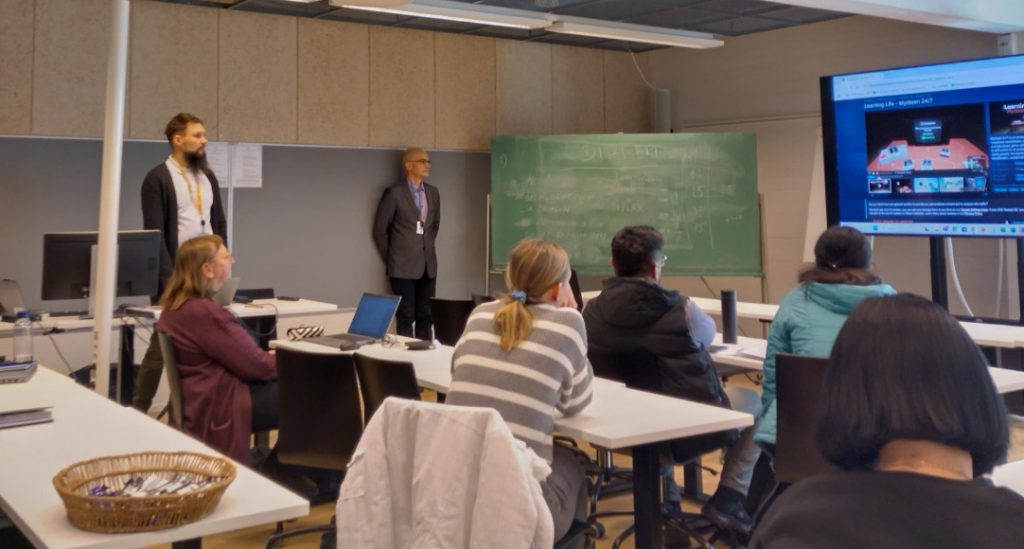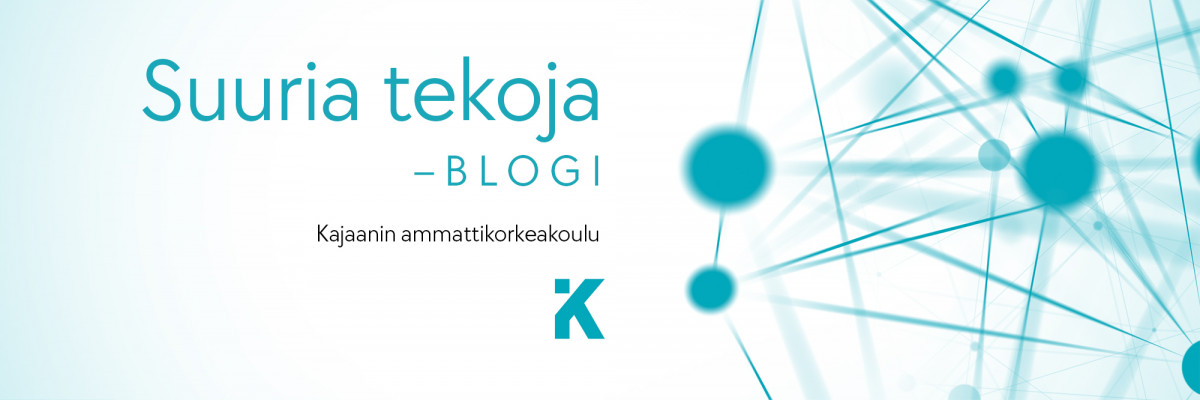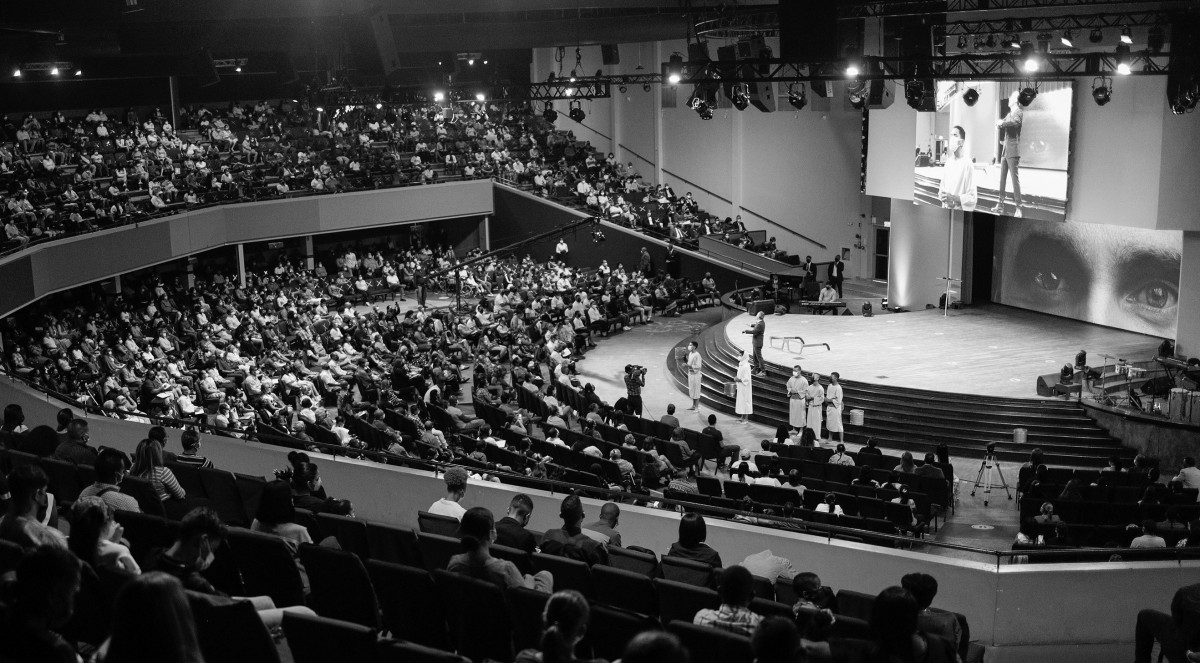Every year, numerous conferences, congresses, colloquia, symposia, and other professional events are organized by academic or industrial associations, universities, government agencies, funding bodies, and other institutions to bring together interested parties to present ideas and engage collaboratively around a common topic. However, participation can be expensive and time-consuming. Therefore, careful consideration is required when deciding which events to attend, as well as when and how to participate.
At its best, conference participation is a valuable learning experience. A conference provides a forum for inspiration, information sharing, and knowledge creation. Ideally, it fosters new connections and networks among people with similar interests and creates opportunities for collaboration, even across academic and industrial boundaries.
However, learning at conferences does not happen automatically. Ib Ravn (2007) has identified key principles for conference organizers to enhance participants’ learning by designing a “learning conference” Additionally, he has offered advice for participants on how they can actively advance their own learning in conferences. His recommendations remain remarkably relevant, even though they were published almost twenty years ago.
Design Principles for a Learning Conference
According to Ravn (2007), conference presentations should be concise, lively, and relevant to each participant. He warns against packing conference programs full of lengthy presentations with too little time assigned for audience discussion and reflection, as this may only result in passive listening and exhausted participants. It is highly important to facilitate participant introductions and continuous knowledge creation throughout the conference.
Ravn (2007) emphasizes that delegates should be involved in productive learning processes that can also be fun. To achieve this, conference organizers must incorporate diverse learning techniques into the conference design, ensuring ample opportunities for reflection, interpretation, and digestion. These techniques may include carefully facilitated reflection and feedback sessions or structured networking and knowledge exchange forums.
 Photo: Joonas Tikkanen/KAMK
Photo: Joonas Tikkanen/KAMK
Active Participation Enhances Learning
The conference design principles only open up space for participants’ learning. Ravn (2007) emphasizes the importance of active engagement; participants should talk about their projects, connect with others, and inspire one another. To maximize learning, participants should remain actively involved throughout the conference, in other words, not only during organized sessions but also between and after the sessions in informal settings such as coffee breaks and conference dinners (Louw and Zuber-Skerritt, 2011).
To get the most out of a conference, we as participants should arrive well prepared and adopt a learning mindset. Before registering, it may be useful to review the conference program carefully to find out whether it aligns with design principles of a learning conference. Likewise, when organizing conferences, we should pay attention to facilitating participant learning, networking, and knowledge creation processes throughout the event.
References
Louw, I., & Zuber‐Skerritt, O. (2011). The learning conference: Knowledge creation through participation and publication. The Learning Organization, 18(4), 288-300.
Ravn, I. (2007). The learning conference. Journal of European Industrial Training, 31(3), 212-222.

